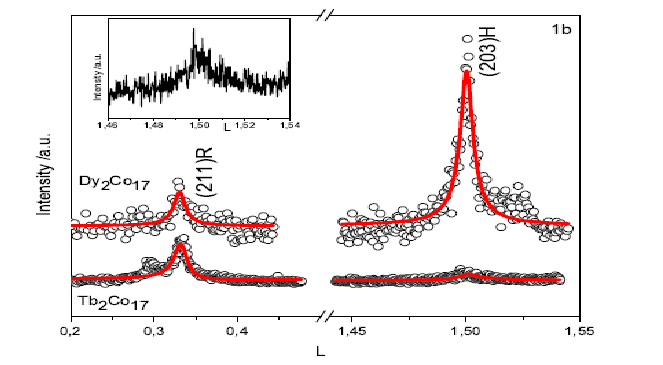The Reordering Transition in Layer Disordered Solids: Rare Earth - Transition Metal Intermetallic Alloys
Abstract
Planar faulting in in rare earth – cobalt alloys with type structures Th2Ni17 and Th2Zn17 are studied. The structure changes from hexagonal for heavy rare earth to rhombohedral for light rare earth, all exhibiting different degrees of planar disorder. Faulting is quantitatively studied beyond the model of independent faulting events showing the strength of direct solutions to extract defects information from the diffraction patterns. It is showed that the analysis of the decaying term of the probability correlation function, does not only allow to quantify the loss of memory in the system through the correlation length but also, the strength of interaction between faults. The behavior of the decaying terms turns not to be of universal character when scaled against the correlation length and instead depends on the interaction of faulting. The reconstructive phase transition in this system seems to follow a path where the new phase appears within the disordered phase and grows without homogeneous reordering of the disordered arrangement.

This work is licensed under the Creative Commons Attribution-NonCommercial 4.0 International (CC BY-NC 4.0) license.








